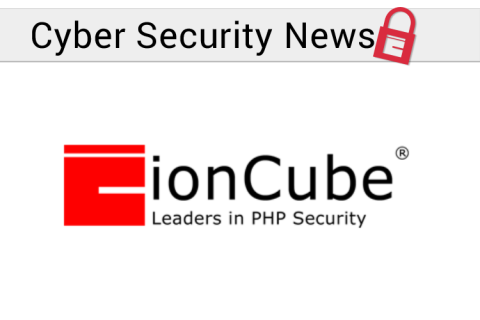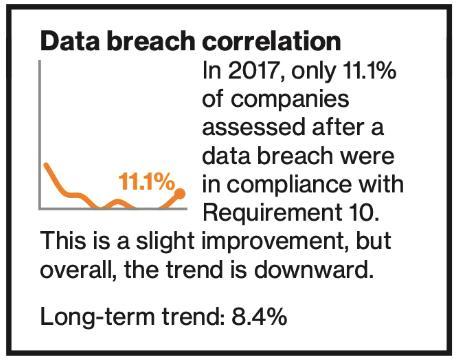Toyota Parts Supplier Loses $37 Million in Email Scam
Toyota Boshoku, a seating and interiors supplier for Toyota cars, has revealed that it was tricked into moving a large amount of money into a bank account controlled by scammers. In a statement published on its global website, Toyota Boshoku Corporation said that its European subsidiary was duped into transferring approximately four billion yen (over US $37 million) out of the business and into a bank account controlled by criminals on 14 August.







